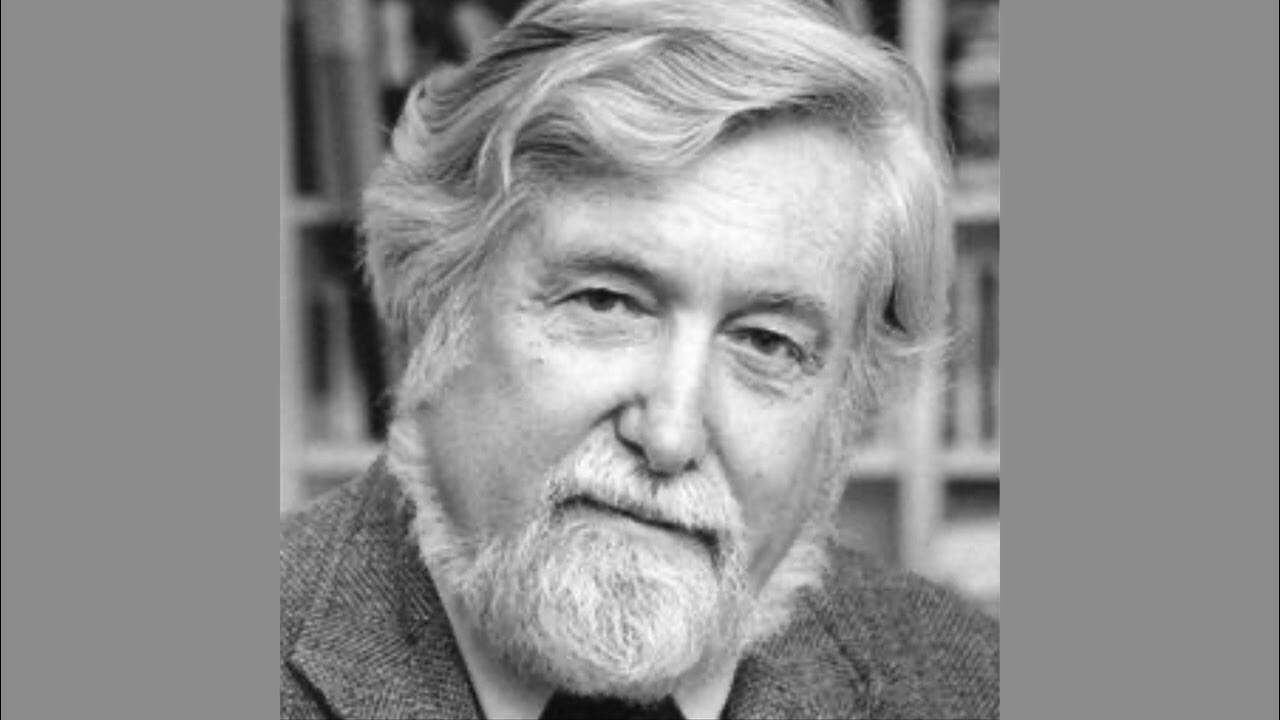Clifford Geertz: Interpretive Theory of Culture|Thick Description| Clifford Geertz|
Summary
TLDRThis video discusses Clifford Geertz's concept of thick description and his interpretive theory of culture. Geertz borrows the idea of thick description from philosopher Gilbert Ryle, contrasting it with thin description. While thin description merely explains behaviors, thick description interprets their deeper meaning within social and cultural contexts. Geertz applies this to anthropology, advocating for interpretive ethnography, which seeks to uncover the meanings behind social actions rather than just documenting them. The video also explores how this approach helps develop an interpretive theory of culture, viewing culture as a shared, socially-constructed framework of symbols and meanings.
Takeaways
- 🧐 Clifford Geertz developed the concept of thick description, borrowed from philosopher Gilbert Ryle.
- 🔍 Thick description is used to develop interpretive anthropology, focusing on exploring meaning, not just describing cultures.
- 🧠 Geertz contrasts thick description with thin description, where thick description interprets actions and meanings behind behaviors.
- 👁️ The example of 'wink vs. twitch' illustrates the difference: a wink has intentional meaning, while a twitch is involuntary.
- 📚 Geertz believes anthropology should not only describe but also interpret social behaviors and actions to reveal their meanings.
- 📝 Ethnography, according to Geertz, is the method of practicing anthropology, but it should focus on interpretation, not just observation.
- 🗣️ In interpretive ethnography, the goal is to understand the social codes and symbols behind actions and communication.
- 🔑 Geertz's interpretive theory of culture emphasizes that culture is not a set of external rules but a structural aspect expressed through symbols.
- 🌍 Culture, for Geertz, is a shared set of meanings and codes, with human actions guided by cultural symbols and communication.
- 🎯 Geertz’s approach contrasts with conventional ethnography by prioritizing the interpretation of meaning over mere description.
Q & A
What is the main focus of Clifford Geertz's concept of thick description?
-Clifford Geertz's concept of thick description focuses on understanding and interpreting cultural meanings, rather than merely describing actions or behaviors. He emphasizes exploring the underlying social meanings behind actions, especially in ethnographic research.
Who originally developed the concept of thick description, and how did Geertz adapt it?
-The concept of thick description was originally developed by philosopher Gilbert Ryle. Geertz adapted it to the field of interpretive anthropology, using it to delve into the deeper social meanings behind human behaviors and actions.
How does thick description differ from thin description according to Geertz?
-Thick description goes beyond merely describing observable behaviors (thin description) by interpreting the deeper meanings and social contexts behind those behaviors. Thin description might describe an action, like a wink, but thick description seeks to understand the symbolic meaning and intent behind the action.
What example does Geertz use to illustrate the difference between thick and thin descriptions?
-Geertz uses the example of a boy's behavior of winking versus twitching. A thin description would simply describe the action of the eyelid closing, while a thick description would interpret the wink as a purposeful, symbolic act meant to communicate with another person, distinguishing it from an involuntary twitch.
What is interpretive ethnography, and how does it relate to Geertz's ideas?
-Interpretive ethnography is an approach to anthropology that focuses on understanding and interpreting the meanings behind social behaviors and cultural symbols. It aligns with Geertz’s idea that ethnography should not just describe what people do, but also explore why they do it and the meanings attached to their actions.
How does Geertz view the purpose of anthropology in relation to culture?
-Geertz believes that anthropology should not just describe cultures, but interpret them by exploring the meanings behind actions and symbols within a society. He argues that culture is a social structural aspect, expressed through shared symbols and codes.
What is the role of symbols in Geertz's interpretive theory of culture?
-In Geertz's view, symbols play a crucial role in culture, as they carry meanings shared by members of a society. These symbols and codes allow people to communicate and live according to cultural guidelines, and understanding them is key to interpreting culture.
How does Geertz's interpretive theory of culture differ from traditional views of culture?
-Geertz's interpretive theory of culture differs from traditional views in that it does not see culture as something external or a cognitive process that controls human behavior. Instead, he views culture as a social structural aspect, with meanings that are expressed through symbols and codes.
What is the relationship between interpretive ethnography and conventional ethnography?
-Interpretive ethnography, according to Geertz, focuses on interpreting the meanings behind social actions and symbols, while conventional ethnography often focuses on merely describing observations and reporting on events without delving into the underlying meanings.
How does Geertz relate anthropology to science in his interpretive approach?
-Geertz suggests that anthropology, like science, has its own way of practicing research. He argues that the method of anthropology is ethnography, specifically interpretive ethnography, which seeks to understand the deeper meanings and social contexts behind human behavior.
Outlines

このセクションは有料ユーザー限定です。 アクセスするには、アップグレードをお願いします。
今すぐアップグレードMindmap

このセクションは有料ユーザー限定です。 アクセスするには、アップグレードをお願いします。
今すぐアップグレードKeywords

このセクションは有料ユーザー限定です。 アクセスするには、アップグレードをお願いします。
今すぐアップグレードHighlights

このセクションは有料ユーザー限定です。 アクセスするには、アップグレードをお願いします。
今すぐアップグレードTranscripts

このセクションは有料ユーザー限定です。 アクセスするには、アップグレードをお願いします。
今すぐアップグレード5.0 / 5 (0 votes)






